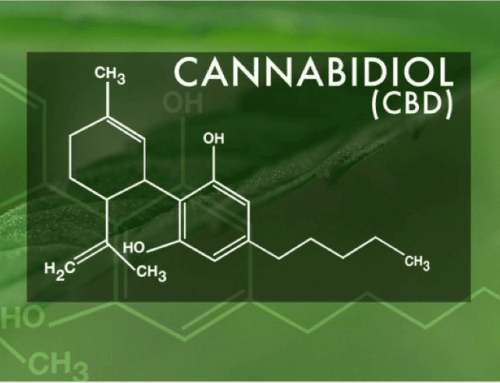Admit it – we’ve all gotten distracted by YouTube when we’re supposed to be doing something else. If you’ve been caught watching cute animal videos at work, don’t worry! You’re one of the 800 million viewers that use YouTube on a monthly basis.
YouTube is a rich source of videos, whether you want to be entertained or educated. Between 60-100 hours of video are uploaded to YouTube every minute, which makes for a lot of browsing. YouTube is an incredibly helpful platform to boost your company’s online presence.
Getting your video noticed in the midst of the millions of others can seem like a great challenge. Fortunately, there are ways of boosting your videos with search engine optimization (SEO).

How Google, YouTube, and SEO Work Together
To put it simply, search engine optimization is the process of bringing more viewers to your original content. This can apply to many types of mediums, not just video. When a user types a question, phrase, or word into a search engine, you want to make sure you are on the front page of the results list if your company meets the needs indicated by those search terms.
Search engines use complex algorithms to determine what websites are ranked and in what order they appear in. This ranking is influenced by many different factors. A business must create original content relevant to their work, update their site regularly, and reach out through customer engagement to stay on top of online trends.
YouTube is the second largest search engine in the world, just under Google. Since YouTube can’t automatically sense the actual content of a video and rank it, users who want to upload videos can add text alongside their visual content. This is what is ultimately indexed for SEO purposes.
Begin With the Channel Itself
Before you touch actual videos, make an assessment of the YouTube channel itself. As the manager of a channel, ensure that the company name and basic information is filled out. If possible, use a few of your targeted SEO phrases without keyword stuffing.
Next, place a link to your company’s website and any other social media accounts you maintain. This facilitates off-page SEO so users can easily find your business. This also allows for the sharing of content on multiple platforms.
Finally, use visuals! Utilize the space with a profile photo and background photo, and name them according to your SEO keywords. These customization options create a seamless look that attracts visitors to your page.
About Compelling Video Content
This is actually an important step in SEO. If your videos are not watchable, they’re not getting clicks.
If they’re not getting clicks, Google does not rank them well.
Creating content that is informative, engaging, and shareable should be the primary focus of your company. Make videos that are naturally watchable and not “sales-y”. Instead, here are the types of compelling, SEO-friendly video content you can produce with your team:
- Educational: How-to’s, tips, tricks, tutorials, and explainers that are meant to teach users something new.
- Testimonials: Hear from real-life customers about their experiences with your product or service.
- Culture: This can mean company culture, creating a personal “vlog” (video blog), or filming with a brand ambassador. These create experiences with your audience.
- Webinar: This can technically fit into the educational category, but webinars are presentations that can also be absolutely engaging. Include Q&A sessions and more!
Custom thumbnails for each of your videos make them even more compelling. These should have a 1280 x 720 resolution with a 16:9 aspect ratio.
Keeping your audience’s attention isn’t an exact science when it comes to popular video content. However, don’t get discouraged. Make the process enjoyable and your content will be compelling on its own.
Now, Optimize!
Now to the good part.
Individual videos can be optimized by using keywords. These are ideally words and phrases a person would search for when looking for information, products, or services your company offers. Here’s how to optimize for keywords step by step:
- Your video file should contain the same keywords as your video’s title, which should be about 50 characters long.
- Use keywords in the video description. This metadata helps YouTube’s algorithm determine what category and search terms are most applicable to your videos.
- Choose the right category for your video (How-to & Style, Science & Technology, etc.)
- Choose tags for your video (Thought Leader, Inspiration, Music, etc.)
- Add closed captioning files, which increase the amount of text and keywords that are being analyzed by YouTube to improve your rankings.
- Once videos are optimized, organize them into separate playlists, which should also be named according to your keywords.
More Advanced Options
YouTube video optimization is actually a fairly extensive topic, and there are a number of customizable options YouTube offers. This includes even more tips for utilizing categories and tags as well as options for making your videos more apt to likes, shares, and subscribers.
If you want to make sure your videos are optimized for SEO, our experts can review your current video content and offer you an analysis of where you currently stand. To make your video content ranks higher than ever, contact us at SEO Brand today.




